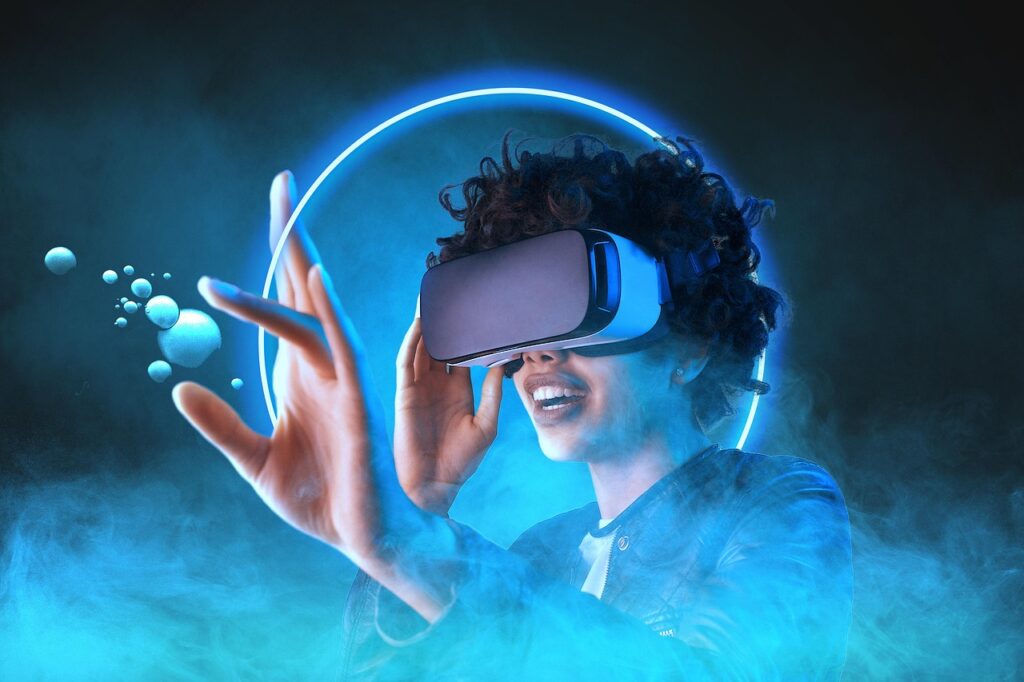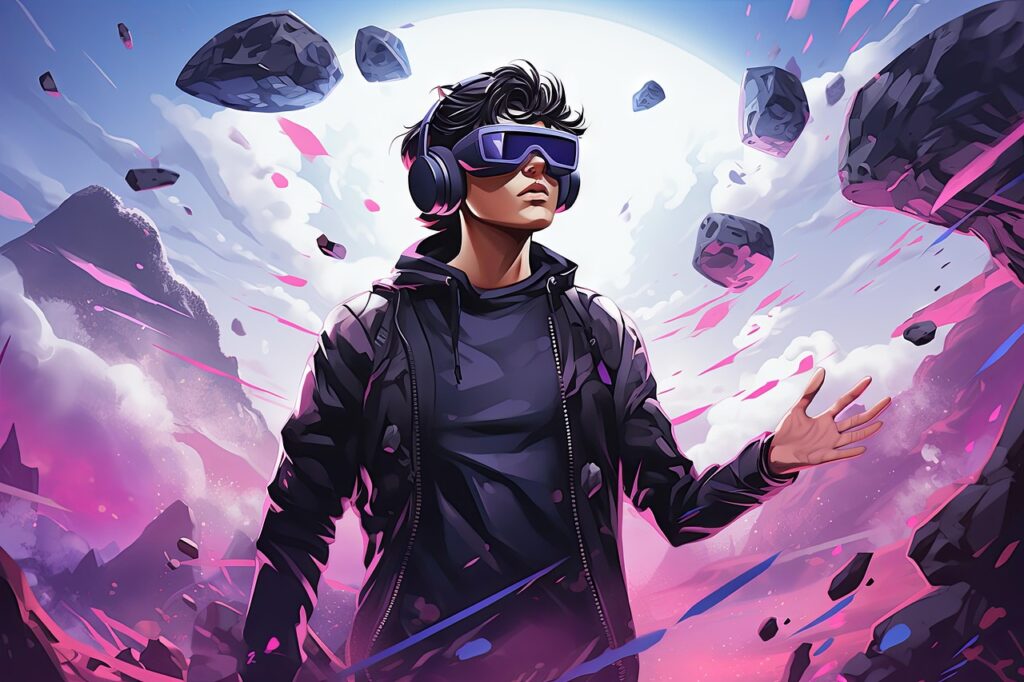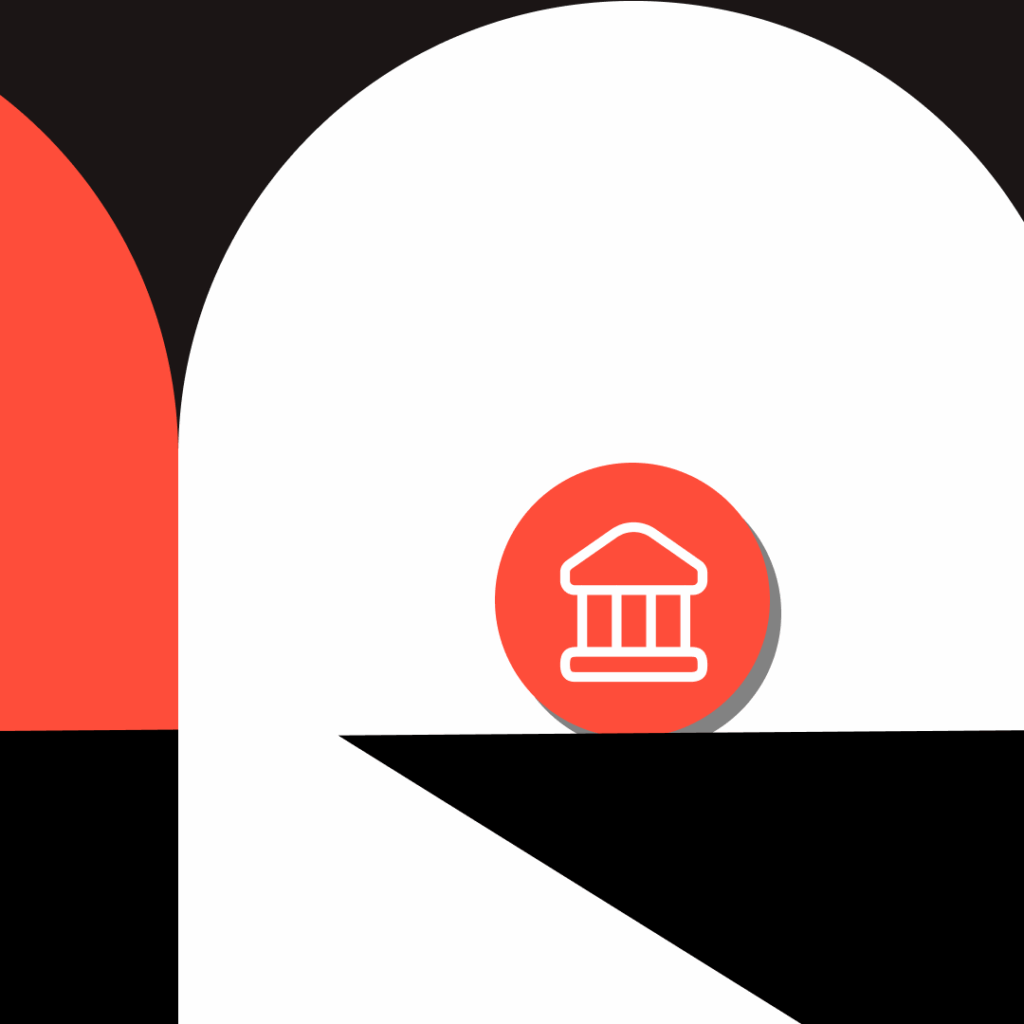Exploring AR/VR in Website Design: Shaping the Future of Digital Experiences
April 04, 2025 ● 8 Mins Read

Table of Contents
Introduction
The digital world is constantly evolving, with new technologies redefining the way we interact with websites. Augmented Reality (AR) and Virtual Reality (VR) are two of the most transformative innovations that are beginning to influence web design. As businesses and users look for more immersive and engaging digital experiences, AR and VR are becoming essential tools in creating websites that go beyond the static and interactive boundaries of traditional design.

Understanding AR and VR in the Context of Web Design
Before diving into their impact on web design, it’s essential to understand the basic differences between AR and VR.
Augmented Reality (AR): AR overlays digital content such as images, sounds, or other elements onto the real world, enhancing what users perceive through their devices. For example, using AR in web design can allow users to see how a product might look in their real environment (like placing a digital piece of furniture in their living room) through a web browser.
Virtual Reality (VR): VR, on the other hand, immerses users in a completely digital environment, offering a 360-degree experience that replaces their real-world surroundings with a computer-generated environment. In web design, VR can offer virtual tours, simulations, or experiences that make users feel like they are physically present in a different space.
Both technologies, when applied to web design, can create deeply interactive experiences, transforming the user’s journey through the website and enhancing engagement.
A successful brand starts with a strong Unique Value Proposition, the core statement that sets your business apart from competitors. However, identifying a compelling UVP requires more than just listing your product or service features. It’s about understanding what makes your brand truly unique and how it resonates with your target audience’s pain points, desires, and values.
A branding company conducts in-depth market research and competitor analysis to identify gaps in the market where your business can shine. They craft a UVP that not only differentiates you but also connects emotionally with your audience, ensuring that your brand message cuts through the clutter.
Challenges of Implementing AR/VR in Web Design
Technological Constraints
While AR and VR technologies are advancing rapidly, integrating them into websites comes with technical challenges. Websites using these technologies require more processing power and higher bandwidth, which can lead to slower load times, especially for users with lower-end devices or slower internet speeds. Designers need to ensure that these features are optimized for a range of devices to provide a seamless experience.
Cross-Platform Compatibility
Designers also face the challenge of making AR/VR features compatible across different browsers, operating systems, and devices. Currently, not all web browsers support these technologies natively, which can limit their accessibility. Progressive Web Apps (PWAs) and WebXR (a standard that enables AR/VR experiences on the web) are making strides in this area, but achieving widespread compatibility is still an ongoing challenge.
User Adoption and Comfort
While AR and VR offer exciting possibilities, not all users are comfortable with these technologies yet. Virtual reality headsets, in particular, are still niche devices, and users may hesitate to fully immerse themselves in a VR environment. Web designers need to consider creating optional AR/VR experiences, allowing users to opt into these features rather than making them mandatory for website navigation.
Cost of Development
Implementing AR and VR into a website requires specialized knowledge and resources. Development costs can be high, especially for complex or large-scale projects. Additionally, ongoing maintenance is required to keep these technologies up to date and functioning smoothly as browser and device capabilities evolve.
A branding company works closely with you to create a distinct brand identity that resonates with your target audience. By focusing on both the aesthetics and the psychology behind consumer behavior, they ensure that your brand not only looks professional but also evokes the desired emotional response.

The Future of AR/VR in Web Design
As AR and VR technologies continue to evolve, their integration into web design will only grow. We are moving toward a more immersive web, where users will expect not only informative and engaging content but also interactive and multi-sensory experiences. Web design will no longer be confined to two-dimensional screens but will extend into the physical world through augmented reality and completely digital worlds through virtual reality.
Future advancements may make these technologies more accessible, with lower-cost development and better device compatibility. Designers and developers will have more tools at their disposal to create customized experiences that fit the needs of businesses and consumers alike.
Conclusion
The incorporation of AR and VR into website design is a game changer for businesses looking to stand out in a crowded digital landscape. From product visualization and interactive UX/UI elements to immersive storytelling and training applications, AR and VR unlock a new level of engagement. However, the road to full adoption comes with its set of challenges, from technological constraints to user comfort. As these technologies become more integrated into our digital lives, websites designed with AR and VR will offer richer, more interactive experiences that captivate and engage users on an entirely new level.
For businesses and designers, now is the time to explore how AR and VR can enhance their websites and offer groundbreaking digital experiences.

Thanseem
Junior UI/UX Designer
Design has always been my passion, and as a UI/UX Designer, I love crafting digital experiences that feel intuitive and engaging. I’m always exploring new ways to improve user interactions and create seamless designs. When I step away from the screen, I’m either traveling to new destinations or playing football with friends.




